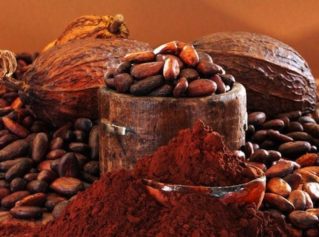“Chocolate: I try to stay away from it,” commented my client, a runner who described herself as having a rampant sweet tooth. For her, chocolate fits into the categories of junk food, guilty pleasure and ruiner of good intentions to lose weight. Yet, she also recognized there is potentially a happier side of the story. Ads for (dark) chocolate suggest chocolate is good for us. Chocolate comes from plants and contains the same health-protective compounds that are found in fruits and vegetables.
So what is the whole story on chocolate? Is it little more than an alluring form of refined sugar, saturated fat and empty calories? Or does chocolate (in moderation, of course) have positive qualities that might be beneficial for athletes?
Here are some nuggets of information about chocolate. I’ll let you decide whether the health benefits of eating chocolate are greater than the health costs—and if you personally want to define chocolate as a “health food” within the context of your own sports diet.
The “Bad”
People tend to eat chocolate in bursts—a lot in a day, such as on holidays or pre-menstrually—or none. The question arises: Would enjoying some chocolate every day help reduce an athlete’s urge to binge-eat the whole bag of, let’s say, M&Ms in a moment of weakness? That’s a good question and one that needs to be researched. We do know that deprivation and denial of food contributes to overeating. You know the syndrome: “I’m starting my diet Monday morning, so Sunday is my last chance to eat chocolate…” and there goes the whole bag of M&Ms.
I invite my clients to try taking the “power” away from chocolate by enjoying a little bit every day, such as for dessert after lunch. Ideally, daily chocolate could reduce it to being simply a commonplace plant food, just like bran cereal, an apple or carrot sticks. Give it a try?
